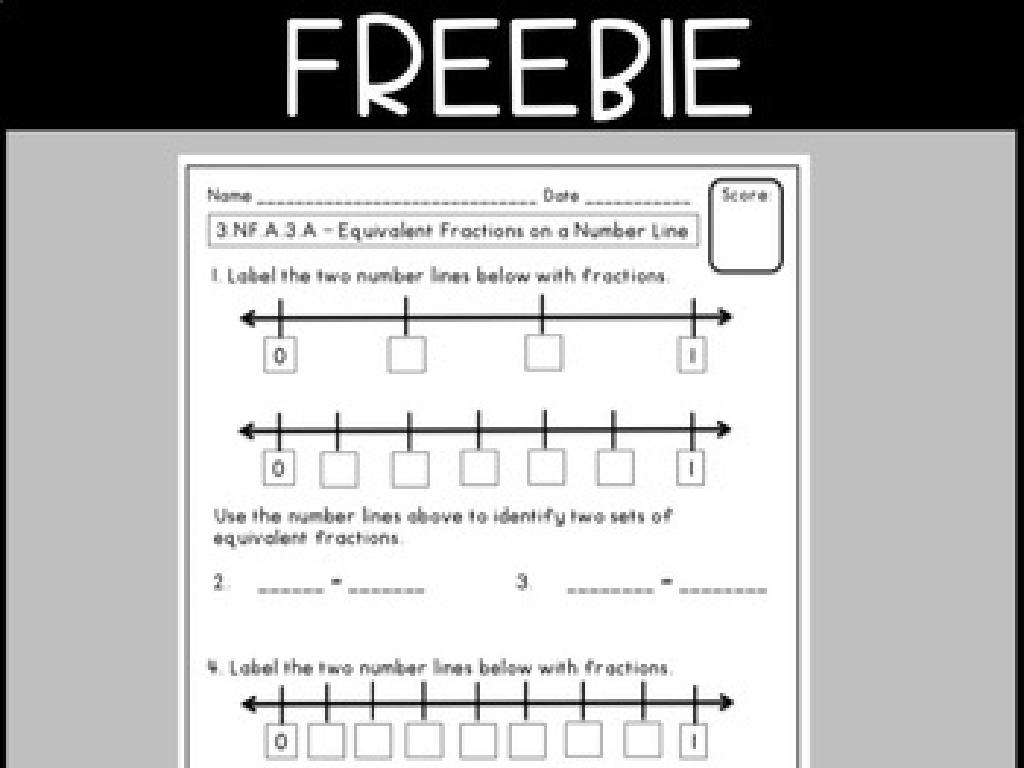Roman Legacies
Subject: Social studies
Grade: Seventh grade
Topic: Rome And The Byzantine Empire
Please LOG IN to download the presentation. Access is available to registered users only.
View More Content
Exploring Roman Legacies
– Rome and Byzantine Empire intro
– A glimpse into ancient Rome’s grandeur and its continuation through the Byzantine Empire.
– What is a legacy?
– Legacy refers to what is handed down from the past.
– Roman legacies in modern world
– Examples: Roman law, language (Latin), architecture (aqueducts, amphitheaters).
– Significance of Roman contributions
– Understanding Rome’s impact on today’s culture, governance, and infrastructure.
|
This slide introduces students to the concept of legacies, specifically focusing on those of Ancient Rome and how they have been passed down through the ages, influencing our modern world. Begin with a brief introduction to the Roman Empire and its continuation through the Byzantine Empire, setting the historical context. Explain ‘legacy’ as what a culture leaves behind for future generations to learn from and build upon. Highlight key Roman legacies such as their legal system, language, and architectural innovations, and discuss their lasting importance. Encourage students to think about how these ancient contributions continue to shape our daily lives, government, and societal structures.
The Legacy of the Roman Empire
– Overview of Roman history
– From Republic to Empire, Rome’s rise was marked by conquests and governance.
– Rome’s expansion and influence
– Rome’s culture, law, and technology spread across Europe, Africa, and Asia.
– Division into Western and Eastern Empires
– The empire split in 395 AD, forming the Western Roman Empire and the Byzantine Empire.
|
This slide aims to give students a concise understanding of the Roman Empire’s history, its vast expansion, and eventual division. Begin with a brief history, highlighting the transition from the Roman Republic to the Roman Empire. Discuss how Rome’s influence extended far beyond its borders through conquests and cultural assimilation, impacting languages, architecture, and legal systems that are still relevant today. Explain the significance of the empire’s division in 395 AD, which led to the formation of the Western Roman Empire and the Eastern Roman Empire, also known as the Byzantine Empire. Emphasize the Byzantine Empire’s role in preserving Roman legacies after the fall of the Western Empire. Encourage students to consider how these historical events have shaped the modern world.
Roman Contributions to Law
– Intro to The Twelve Tables
– Earliest Roman codification of laws
– ‘Innocent until proven guilty’
– Presumption of innocence principle
– Roman law’s modern influence
– Many legal systems are based on Roman law
– Case study: U.S. legal system
– Examples of Roman law in U.S. Constitution
|
This slide introduces students to the significant impact of Roman law on modern legal systems. Begin with The Twelve Tables, which were the foundation of Roman law, providing a written code that could be referenced by all citizens. Emphasize the revolutionary concept of ‘innocent until proven guilty’ and how this presumption of innocence is a cornerstone of many legal systems today. Discuss how Roman law has influenced contemporary legal practices, with a focus on the U.S. legal system, including the Constitution and the idea of a fair trial. Encourage students to think about how these ancient laws continue to affect their rights and the justice system they see in action today.
Roman Architectural Achievements
– Innovations in Roman architecture
– Use of arches and concrete in buildings and monuments
– Aqueducts: construction and purpose
– Aqueducts carried water to cities, exemplifying engineering prowess
– The Colosseum’s design
– Amphitheater for public spectacles, showcasing Roman engineering and culture
– Significance of Roman architecture
– Influenced modern architecture, symbolizing power and ingenuity
|
This slide aims to highlight the remarkable architectural achievements of the Romans. Discuss how the Romans were pioneers in using arches and concrete, which allowed them to create structures that stood the test of time. Explain the purpose of aqueducts, which were crucial for supplying water to urban areas, and how their construction demonstrates advanced Roman engineering. The Colosseum, a grand amphitheater, is not only an architectural marvel but also a cultural symbol of the Roman Empire. Emphasize the lasting impact of Roman architecture on modern buildings and the way these structures reflect the power and ingenuity of ancient Rome. Encourage students to think about how these innovations have shaped the world they live in today.
Roman Language and Writing
– Latin: Rome’s enduring language
– Latin’s influence on modern languages
– Latin roots are found in English, Spanish, French, Italian, Portuguese, and Romanian.
– Roman literary contributions
– Romans produced epic poetry, history, satire, and philosophy.
– Roman impact on writing systems
– Development of the codex, precursor to the modern book.
|
This slide explores the legacy of Latin, the language of ancient Rome, and its profound impact on the development of modern languages and literature. Latin not only gave rise to the Romance languages but also contributed many words to the English language. Roman literature, with works from authors like Virgil and Cicero, has been influential in shaping Western literary traditions. Additionally, the Romans were pioneers in the evolution of writing technology, moving from scrolls to the codex, which is similar to today’s books. Encourage students to think about how these contributions still affect their daily lives, such as in the words they use and the books they read.
Roman Government and Citizenship
– Structure of the Roman Republic
– Consisted of the Senate, Consuls, and Assemblies
– Citizenship and the Senate
– Rights and duties of citizens, Senate’s role in governance
– Legacy of Roman political ideas
– Influenced modern democracy, republicanism, and legal systems
|
This slide delves into the political structure of the Roman Republic, highlighting the roles of the Senate, Consuls, and Assemblies. Discuss the concept of Roman citizenship, including the rights and responsibilities it entailed, and the Senate’s significant influence on governance. Emphasize the enduring legacy of Roman political ideas, such as the concepts of democracy, republicanism, and legal frameworks that have shaped modern Western political systems. Encourage students to draw parallels between ancient Roman governance and today’s political structures, fostering an understanding of the impact of Roman political innovations on contemporary society.
Roman Innovations in Engineering
– Roman roads: trade and travel
– Facilitated expansion and connected the empire, boosting economy
– Enduring engineering techniques
– Arch construction, aqueducts, still influence modern infrastructure
– Roman concrete significance
– Durable, revolutionized construction, used in monuments
– Legacy of Roman engineering
|
This slide highlights the remarkable engineering achievements of the Romans and their lasting impact on the world. Roman roads were a monumental feat, connecting distant parts of the empire, facilitating trade, and enhancing travel. Students should understand how these roads were crucial to Rome’s economic and military power. The engineering techniques developed by the Romans, such as the use of arches and the construction of aqueducts, have informed modern engineering and architecture. Roman concrete, known for its durability, was a significant innovation that allowed Romans to build structures that still stand today. Discuss the ongoing influence of Roman engineering on contemporary society and encourage students to think of modern examples that draw from Roman innovations.
Class Activity: Building a Roman Arch
– Learn principles of Roman arches
– Gather paper, tape, weights
– Construct arches in groups
– Collaborate to mimic Roman engineering
– Test arches with weights
– Observe how arches distribute weight
|
This hands-on activity is designed to help students understand the engineering principles behind Roman arches, a legacy of Roman architecture. Provide students with paper, tape, and weights to construct their own arches. Divide the class into small groups to encourage teamwork and problem-solving as they attempt to build a stable arch. Once constructed, students will test their arches by placing weights on top to see how well they hold up. This will demonstrate the strength and durability of the arch design, a key reason why many Roman arches still stand today. Teachers should circulate to provide guidance and ensure safety during the activity. Possible variations include using different materials, comparing arch designs, or incorporating historical research on Roman architecture.
Reflecting on Roman Legacies
– Recap of Roman contributions
– Impact on modern life
– Roman law, government, and architecture influence today’s world.
– Reflect on the most significant legacy
– Consider the importance of Roman innovations like roads, aqueducts, or the republic system.
– Share your thoughts
|
As we conclude, let’s summarize the key Roman legacies we’ve explored today, including their system of law, engineering marvels, and political ideas. Reflect on how these contributions continue to shape our modern society, from the structure of our government to the design of our cities. Encourage students to think critically about which Roman legacy they believe has had the most enduring impact on the world and to articulate their reasons. This reflection will help students develop their analytical skills and appreciate the long-lasting influence of ancient civilizations on our daily lives.






